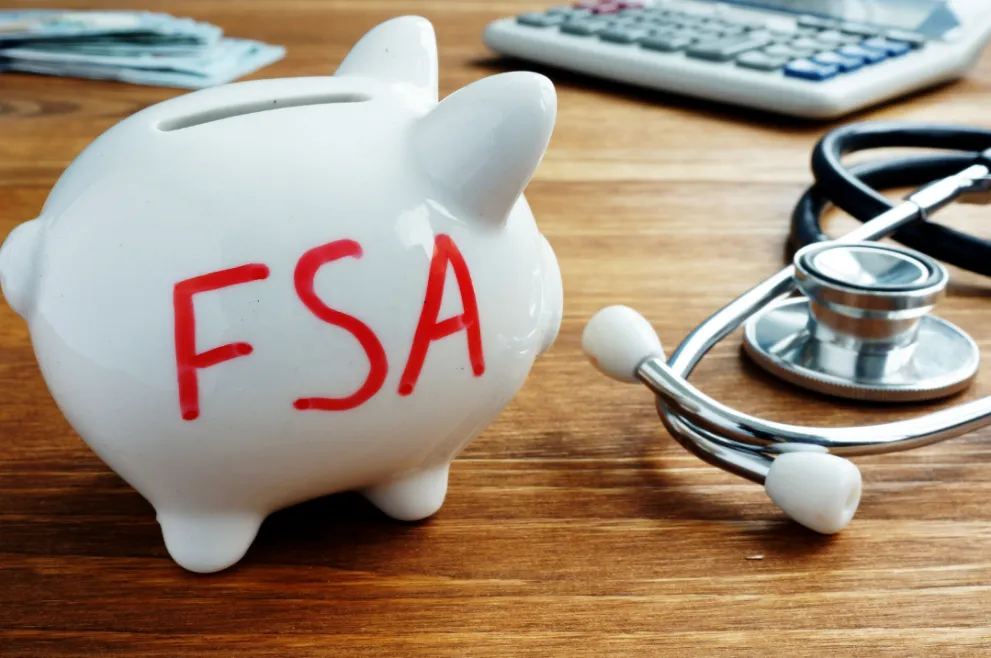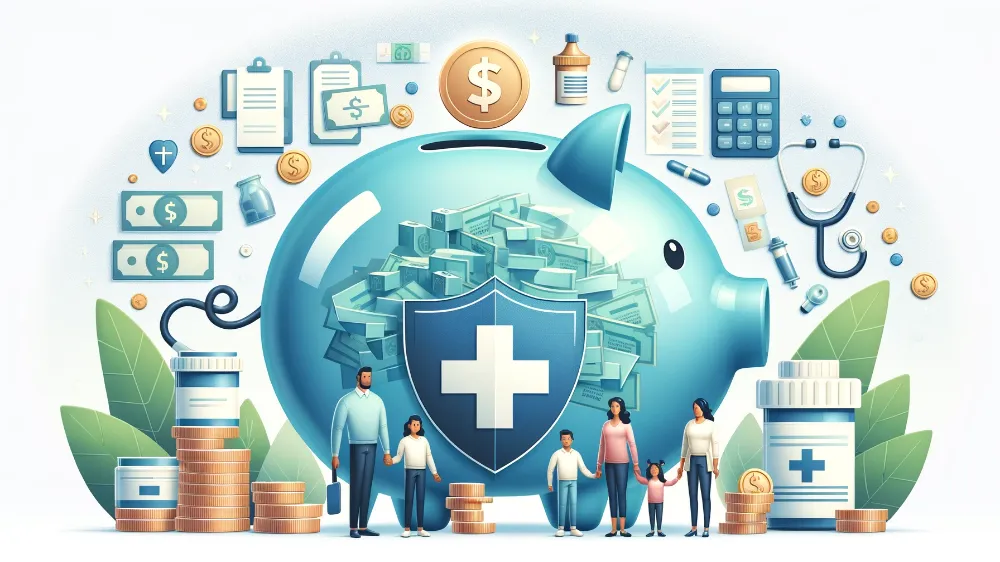Consider Generic Alternatives: Here's a savvy move: consider generic versions of your prescribed medications. These alternatives are just as effective as the brand-name versions because they contain the same active ingredients and meet the same quality and safety standards set by the FDA. What sets them apart? Price! Generic drug manufacturers don't have to spend big bucks on research and marketing, so they're more budget-friendly. When the patent for a brand-name drug expires, other companies can jump in and make generic versions. This competition usually leads to lower prices. Check with your healthcare provider or pharmacist to see if a generic alternative is available for your medication.
Request Longer Prescriptions: If you're on a medication for the long haul, consider asking for a 90-day supply instead of the usual 30-day one. This nifty move reduces the number of times you need to refill your prescription, which could save you on copayments or dispensing fees. However, it's essential to chat with your healthcare provider first to ensure this is a good fit for your specific medication and health condition. Some meds might have supply restrictions.
Consider Financial Assistance Programs: There are lifelines out there in the form of financial assistance programs. These programs come from drug manufacturers, nonprofit organizations, and government agencies. They aim to lend a hand to folks who can't afford their prescription meds. Programs like Medicare Extra Help, Medicare, and Medicaid offer assistance. The Medicine Assistance Tool can help match you with the right program based on your eligibility. To qualify, you typically need to prove your need for the medication and your inability to afford it or show that your insurance doesn't cover it.
Use Pharmacy Discount Cards: Pharmacy discount cards are like golden tickets to saving on your meds. Take RxLess, for example, where you can save up to a whopping 88% on your prescription drugs. Using RxLess is a piece of cake – it's free, there are no membership fees, and you can use it at more than 70,000 pharmacies. Just check which pharmacies are partners and compare prices to bag the best deal. For complete price confidence, download our free app for the most up-to-date discounts – you’ll never pay more than the price in the app!
Compare Prescription Prices at Different Pharmacies: Before you rush to fill your prescription, do a bit of homework. Prices for the same medication can vary a lot from one pharmacy to another. So, shop around – use the RxLess app or site to see prices at the pharmacies in your area! Big chain retailers and supermarkets often have discounted generic drug programs that give you access to a bunch of generic meds at better prices.
Pay Out of Pocket: Believe it or not, there are times when paying for your prescription without insurance can be the budget-friendlier choice. Run the numbers and compare the medication's cost without insurance to your usual copay. Keep in mind that the math might vary depending on your insurance plan and the medication's price. But for many meds, especially generics, paying out of pocket can mean significant savings. See our guide for a deeper look at how this works.
Saving on prescription costs is possible, even without insurance. So, don't let financial worries stand in the way of your health. With these savvy strategies, you can keep your health on track without breaking the bank.
















